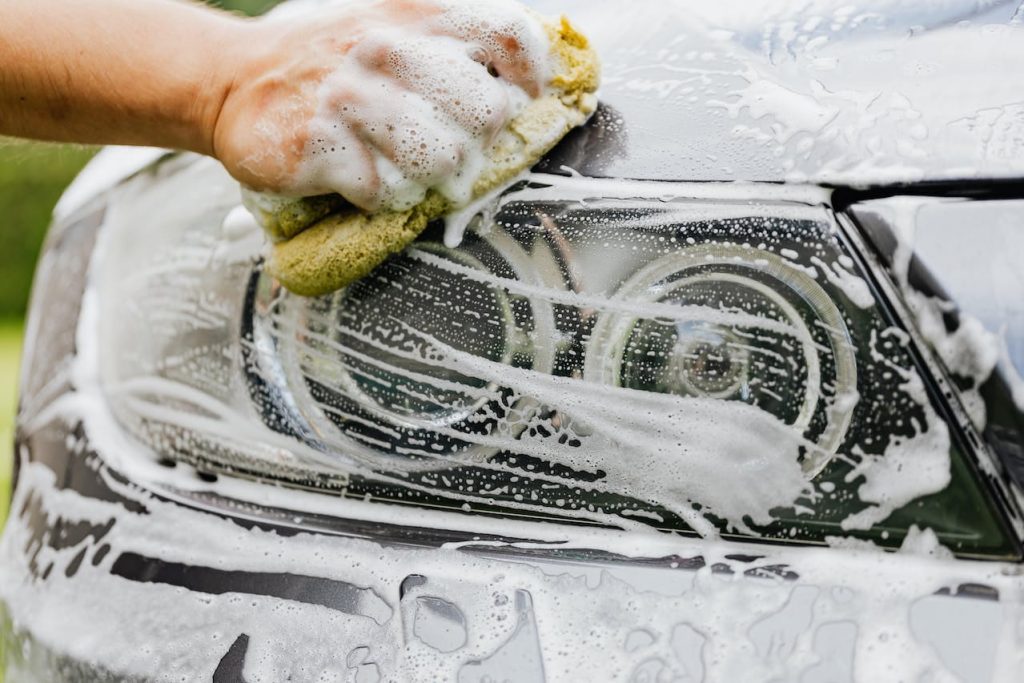Planning and close attention to detail are necessary before beginning the challenge of restoring a run-down vehicle. This manual will explore the complex procedure of car restoration, illuminating crucial actions that go beyond the traditional elements.
Assessing the Damage
The first step in any restoration process is to finish the thorough evaluation of the vehicle’s condition. You should carefully inspect the body, looking for any indications of rust, dents, or scratches. This assessment establishes the foundation for a customized restoration strategy that lets you prioritize tasks based on the extent of damage caused. There is a holistic perspective on the repair process that is provided by a full examination, which guarantees that no underlying problems are neglected.
Bodywork and Paint Restoration
A new coat of paint is not the only thing that is required to restore the outside of the vehicle. To start, correct any obvious flaws, such as dents and scratches, that are noticeable. To repair dents, specific tools should be utilized, and high-quality filler should be utilized to smooth out uneven surfaces. When it comes to painting, the most important thing is to prepare everything well. You should sand down the previous paint to provide a smooth surface for the new coat. This will ensure that the new coat adheres better and will result in a more polished appearance. You should choose a paint for your automobile that not only improves its appearance but also offers protection against the elements of the environment.
Mechanical Overhaul
A car that is worn out frequently has mechanical problems that need to be fixed. Start by examining the suspension, engine, and gearbox parts. For best results, replace worn-out filters, hoses, and belts. If the engine needs to be replaced or overhauled completely, take into consideration resolving any problems that could shorten the vehicle’s lifespan. A successfully restored automobile is built on the foundation of a mechanically sound system.
Interior Revitalization
The inside of an automobile is one significant component that improves the driving experience. First, replace worn-out carpets, upholstery, and headliners. Make sure all of the dashboard’s electrical parts from gauges to controls are in good operating order while you clean and revitalize it. Consider things like the state of the inside trim, steering wheel, and seats. In addition to improving appearance, a remodeled interior also increases comfort and driving enjoyment.
Upgrading Technology
Replacing outdated technology with newer models gives an old car a bit of modern convenience. To enjoy deeper sound, think about adding cutting-edge elements to the audio system. To improve directional guiding, install a contemporary navigation system. Adding intelligent features to the car, such as voice controls and Bluetooth connectivity, not only makes it more functional but also brings it up to date with modern technology.
Tire and Wheel Restoration
The state of the tires and wheels greatly impacts the safety and aesthetic appeal of a restored car. Tires that are worn out should be replaced with new ones that fit the vehicle’s specifications, taking into account things like size and tread pattern. To achieve the best performance, repair or replace any damaged wheels. In addition to making for a more comfortable ride, properly aligned and maintained tires also increase overall road safety.
Headlight Restoration
The state of the headlights is one area of car restoration that is frequently disregarded. Not only can cloudy or yellowed headlights detract from the vehicle’s aesthetic appeal, but they also decrease visibility, which puts safety at risk. Restoring the headlights is an essential first step in fixing this problem. Use a headlight restoration kit from a well-known source that comes with sealant, polishing compound, and sandpaper. To restore clarity, polish the headlights after sanding them to get rid of the foggy layer. Apply the supplied sealant on the headlights to complete the installation and give long-lasting defense against the weather.
Conclusion
Starting to restore a beat-up car is a labor of love that needs to be carefully planned and carried out. An outdated car can be given new life by methodically fixing its body, mechanical parts, interior, tires, wheels, and headlights. The restoration of headlights, although sometimes disregarded, is an essential step towards improving their aesthetic appeal and guaranteeing safe driving conditions. When every aspect of the restoration process is handled carefully, the end product will be a revitalized car that seamlessly blends style and functionality.
James Martin is a passionate writer and the founder of OnTimeMagazines & EastLifePro. He loves to write principally about technology trends. He loves to share his opinion on what’s happening in tech around the world.


